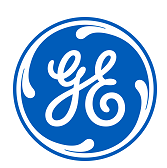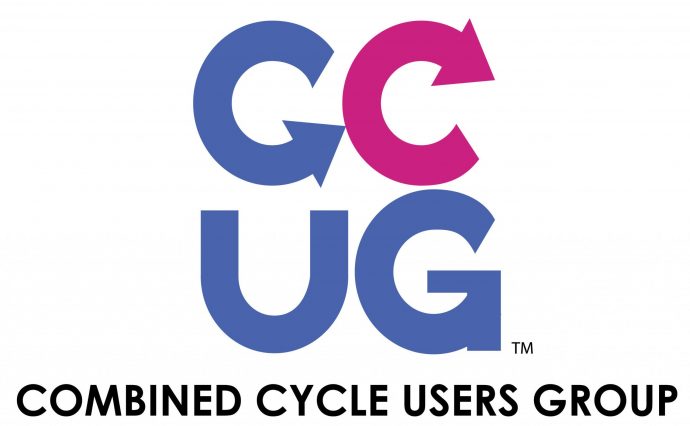
 The first thing to note about the GE presentations is that you’re probably going to want to listen to the recordings, if you’re approved to access them at the OEM’s MyDashboard website.
The first thing to note about the GE presentations is that you’re probably going to want to listen to the recordings, if you’re approved to access them at the OEM’s MyDashboard website.
A blizzard of information swept through the virtual room, along with a virtual army of presenters and technical support folks at the ready. The overarching message was that if you’re seeking to adapt your plant to changing market or operating circumstances, GE can help.
To set the stage, Tom Freeman, chief customer consultant, and Blair Van Dyne, South Region sales director, reviewed basic market forces—mainly the continued surge of renewable energy into the market and decline of coal. Van Dyne said, “US wind developers will add 23 GW of new capacity this year. The previous record was 13.2 GW in 2012. Solar PV accounted for 3.5% of US total energy generation in July. About 31 GW of US coal has retired since 2018. Coal generation dropped 30% in the first half of 2020.”
John Sholes, value solutions leader, discussed myriad ways to “make your plant better,” breaking down the options into short-, mid-, and long-term frames of concern.
A common short-term issue is getting sufficient turndown without exceeding attemperator limits. Options include software changes to lower exhaust temperatures, upgrading the HRSG attemperator to increase spray-water flow, and adding a ring-style second-stage attemperator, which could require up to a one-week outage. GE now offers a standalone “smart attemperator” box that biases the attemperator to current operating data by “buffering” the current instrumentation.
Sholes then discussed a variety of upgrades to “nudge ahead,” including a dry low NOx (DLN) 2.6+ combustor upgrade, advanced gas path (AGP) technology, and extended-turndown valves. Such “technology infusions” on the gas-turbine side can boost capacity by up to 20% but will require balance-of-plant (BOP) upgrades, possibly even a transmission-line upgrade and generator nameplate capacity uprate.
The mods can be phased in over time for plants seeking significant performance-shift goals. Generators have lots of design margin, Sholes added, although cooling capacity is critical.
Responses to audience questions addressed the following:
-
- Changes required to condensate recirculation systems.
- Wet compression on hot days.
- Retrofitting safety valves versus replacing them.
- When to involve the HRSG OEM.
- Excitation-system and voltage-control limitations.
- Steam-bypass considerations in event of a steam-turbine trip.
John Korsedal, product manager, GE Digital Worker Solutions, talked on flexible mobile and remote operations to achieve mission goals. Digital solutions are available to assist leaner, less-experienced workforces with expertise accessed remotely, inside or external to the owner/operator organization.
Korsedal dwelled on GE Remote Operations, a “packaged software and appliance solution” with much of its recent functionality derived from Covid-19 responses. Goals of the package are to enhance worker location flexibility, promote reliable remote operations, extend monitoring and contingency operations, and achieve multi-plant control flexibility. The package includes a “purpose-built” mobile HMI with view-only access as the default mode and a “pop-out for control management.”
Communications capabilities available with GE’s Remote Operations includes voice, video, text, content-sharing, hands-free broadcast, and group messaging through WIFI or cellular access.
In addition to Remote Operations, GE’s Asset Performance Management Portfolio will shortly introduce a next-generation Rounds product which will be called Rounds Pro. This will be available for large and small BYOD (bring your own device) screens with a new, intuitive, interface to complement work processes.
The presentation includes remote operations use cases.
To close the CCUG portion, Freeman returned to the virtual stage for “Adapting Plant Maintenance with Operational Changes in an Aging Portfolio.” Broad topics included:
-
- Conducting a pressure-wave (HRSG cleaning technique) value study by monitoring differential pressure across the HRSG. Freeman noted that typically 0.25 MW (0.35 MW on 7FA) is gained for every 1.0 in. H2O recovered in HRSG differential pressure. An easy check in your historian.
- Generator reliability and uprates. Freeman cautioned that you don’t want to be forced into a rewind at the wrong time as this requires a lengthy outage. Generally, rotors need a rewind after 15 to 20 years, stators between 25 and 30 years.
- Impacts on the steam turbine/generator from greater cycling, such as the following: inlet-valve throttling and solid-particle erosion; low-cycle fatigue on HP/IP shells, last-stage blades (LSB), and valve casings; and moisture-induced erosion of LSBs and the turbine casing.
- Subsystems, including valves, fire protection/hazardous gas, lube oil, and inlet/exhaust plenums.


